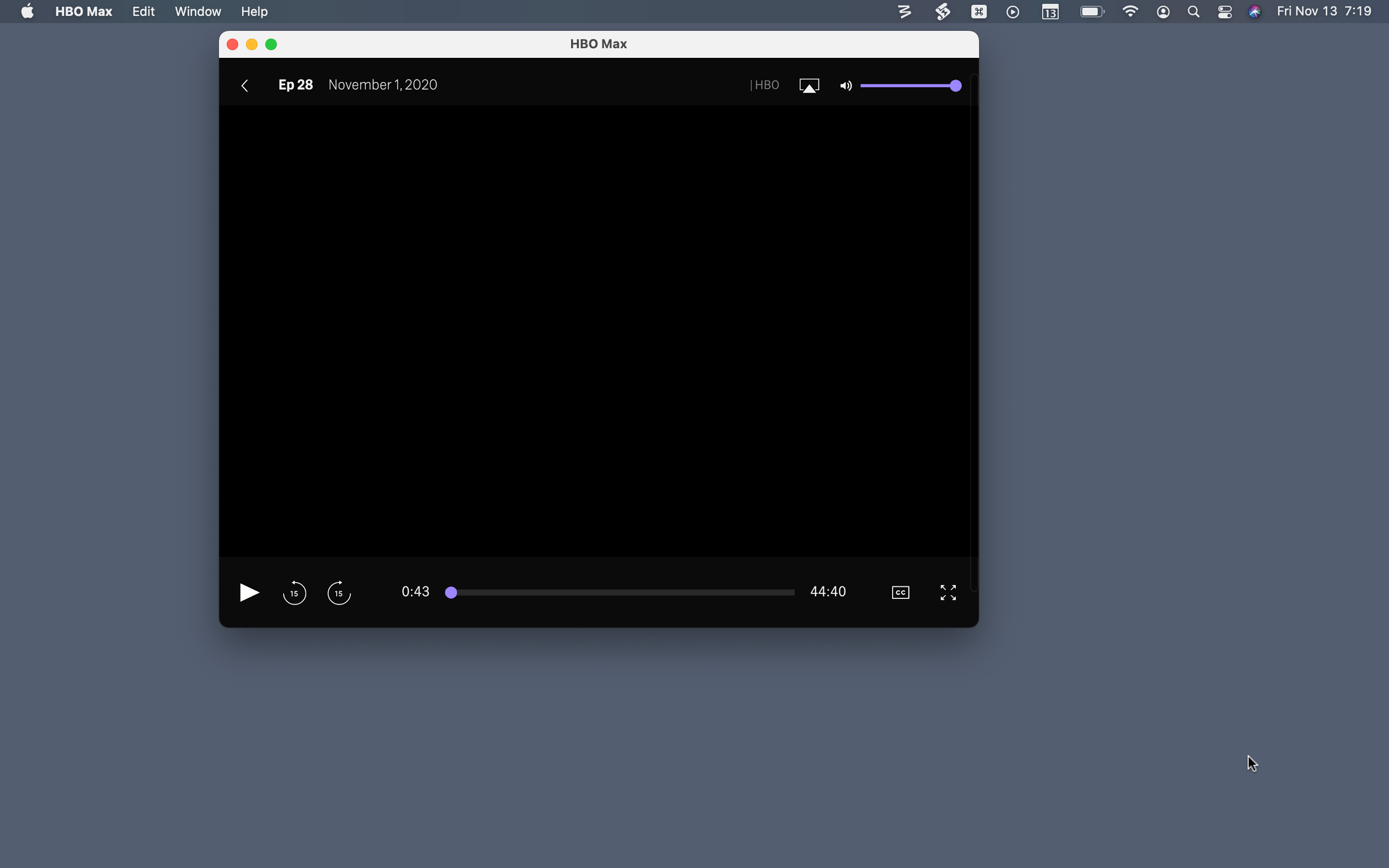
You can test Big Sur on your Mac without having to change anything on your daily driver by creating a volume that acts as a separate drive so you can install a completely different operating system. If your Mac uses APFS, Apple recommends creating a volume instead of a partition. You can manually select size limiters for a volume if you're worried about one drive overtaking another's space. You don't have to worry about running out of temporary space while installing macOS, for example, because it will grab the necessary space from your main drive and then put it back when it's done. This allows the volume the flexibility to grow or shrink in storage size as needed. What is an APFS volume?Īn APFS volume creates a similar container to be used the same way as a partition, but it mounts it within your main hard drive.

If your Mac uses APFS, Apple recommends creating a volume instead. If you are running a Mac using HFS+ file system (prior to macOS Catalina) you must partition your hard drive. So, if you are running low on storage capacity on your hard drive, we don't recommend partitioning. Each partition will take up a portion of your usable storage.


It is important to note that partitioning your hard drive also splits up your available hard drive space. Note: If you want to run Windows on your Mac, Apple's Boot Camp assistant will automatically make a partition for you. It makes it possible to run two separate operating systems on one device, like Windows and macOS, or two versions of macOS (like Catalina and Big Sur). Partitioning your Mac is basically splitting your hard drive into separate, usable systems.


 0 kommentar(er)
0 kommentar(er)
